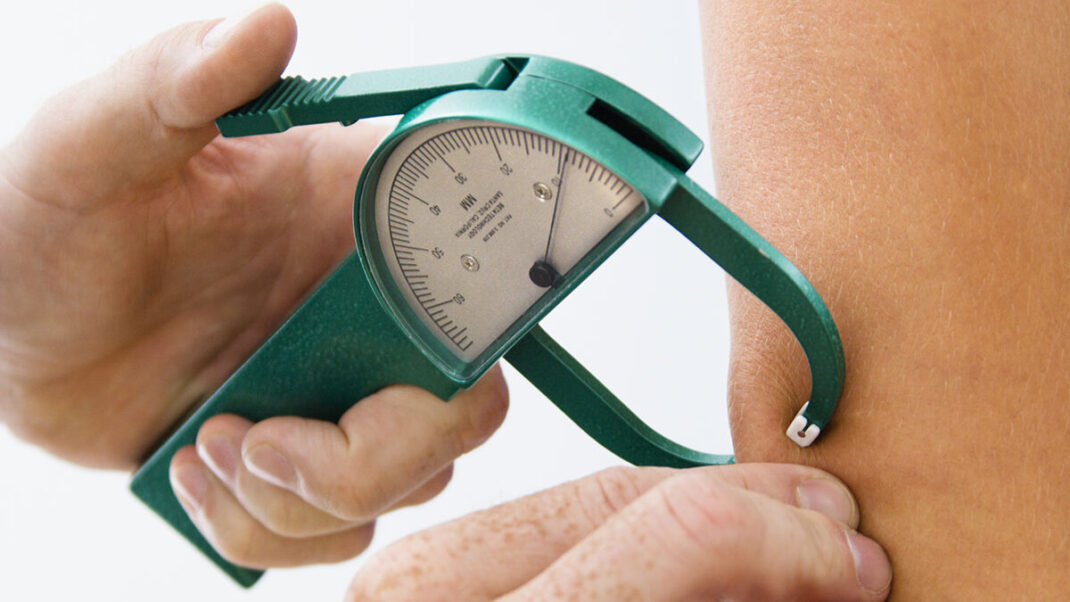Fitness Trend 2025 – Wearable Fit Tech
Which is best and how do you use it in your business?

Wearable Fit Tech: A Must-Have for Fitness Professionals in 2025
In 2025, wearable fitness technology is one of the hottest trends transforming the fitness industry. Whether you’re a trainer looking to improve your own fitness or guide your clients, understanding the different types of wearable fit tech can elevate your services and enhance client outcomes. Let’s dive into four essential types of wearable fitness technology—fitness watches, biosensors, fitness rings, and heart rate monitors—and explore how they can benefit you and your clients.
Fitness Watches: The All-In-One Wellness Device

What They Can Do: Fitness watches are versatile tools that track key health metrics like heart rate, calories burned, sleep quality, stress levels, and SpO2 (blood oxygen). Some advanced models also feature ECG, GPS, HRV (heart rate variability), and menstrual health tracking.
Health and Safety Benefits: Fitness watches offer safety features such as fall detection and emergency alerts, enhancing user safety. They can detect early signs of health issues and help improve recovery while preventing overtraining.
Advantages for Fitness Professionals:
- Personalized Training: Fitness watches provide real-time data, allowing trainers to tailor workout plans based on heart rate, calories, sleep, and recovery metrics.
- Client Motivation: Continuous feedback and progress tracking keep clients engaged. Remote monitoring enables personalized coaching, even from a distance.
- Holistic Health Tracking: In addition to fitness metrics, these watches monitor stress, sleep, and overall wellness, allowing you to design well-rounded fitness programs for clients with chronic conditions.
- Market Differentiation: Offering tech-enabled, data-driven coaching helps fitness professionals stand out in a competitive market and attract high-value clients.
Price Range for Fitness Watches:
- Budget ($30 – $100): Basic tracking (steps, heart rate, sleep)
- Mid-Range ($100 – $250): GPS, advanced metrics (stress, sleep), smartwatch features
- Premium ($250 – $500): Detailed metrics, multisport modes, extended battery life
- High-End ($500+): Advanced analytics, premium build, top-tier tracking
Fitness Biosensors: Advanced Insights into Health

What They Can Do: Biosensors measure real-time health metrics like heart rate, blood oxygen (SpO2), respiratory rate, and stress levels. They offer personalized feedback and detect irregularities like abnormal heart rhythms, providing insights into workout performance, recovery, and overall well-being.
Health and Safety Benefits: Biosensors support the early detection of health issues, monitor key parameters during exercise to ensure safety, and aid in managing chronic conditions. They also contribute to better sleep quality and stress management.
Advantages for Fitness Professionals:
- Optimized Performance: Advanced metrics like VO2 max, lactate threshold, and muscle oxygen levels help trainers optimize workouts for improved athletic performance.
- Injury Prevention: By detecting overtraining and monitoring posture, biosensors help prevent injuries and ensure safe training practices.
- Recovery Monitoring: Track recovery with metrics like heart rate variability (HRV) and sleep quality to avoid overtraining.
- Expanded Services: Biosensors enable remote coaching, specialized athlete programs, and wellness coaching, expanding your service offerings.
- Revenue Growth: Create subscription models or partner with fitness tech brands to provide continuous data analysis and create additional revenue streams.
Price Range for Fitness Biosensors:
- Basic ($20 – $100): Tracks heart rate, steps, and sleep
- Mid-Range ($100 – $250): Monitors HRV, stress, SpO2, and includes GPS
- Advanced ($250 – $500): Detailed recovery data, VO2 max, lactate threshold
- Specialized/Medical ($500+): Medical-grade accuracy with advanced metrics
Fitness Rings: Sleek and Powerful Wellness Tools
What They Can Do: Fitness rings are compact wearables that track sleep, stress (via HRV), activity levels, and body temperature. They provide insights into overall wellness and can detect early signs of illness, like elevated body temperature or low HRV.
Advantages and Challenges: Fitness rings are discreet, easy to wear, and provide valuable data, but can be expensive and often require app subscriptions. They’re not substitutes for medical advice but are excellent tools for tracking wellness.
Advantages for Fitness Professionals: Leverage ring data to create tailored programs for recovery, stress management, and sleep improvement. Enhance client engagement with personalized insights based on ring data.
Price Range for Fitness Rings:
- Budget ($50 – $150): Basic tracking (steps, sleep, heart rate)
- Mid-Range ($150 – $300): Advanced metrics (HRV, SpO2), better design
- Premium ($300 – $700+): Cutting-edge sensors, body temperature, sleep metrics
Heart Rate Monitors: Precision Training Tools

What They Can Do: Heart rate monitors track real-time heart activity, helping assess workout intensity and optimize fat-burning efficiency. They offer insights into cardiovascular fitness, including resting heart rate and recovery data.
Health and Safety Benefits: Heart rate monitors provide valuable feedback on overexertion, help avoid irregular heartbeats, and ensure safe training intensities. They’re essential tools for optimizing exercise effectiveness and supporting recovery.
Advantages for Fitness Professionals:
- Optimized Workouts: Tailor workout intensity to individual needs using heart rate data.
- Client Safety: Help clients avoid overexertion and monitor cardiovascular fitness.
- Education and Trust: Educate clients on safe exercise practices, fostering trust and improving results.
Price Range for Heart Rate Monitors:
- Basic ($20 – $50): Simple heart rate tracking, basic models
- Mid-Range ($50 – $150): Bluetooth connectivity, HRV, and calories burned
- Advanced ($150 – $300+): Accurate monitoring, advanced metrics like HRV, real-time data transmission
- Premium ($300+): Multisport tracking, ECG, muscle oxygenation for elite athletes
Wearable fitness technology is revolutionizing the fitness industry in 2025, offering fitness professionals new tools to enhance training programs, monitor client progress, and optimize overall health. Fitness watches, biosensors, fitness rings, and heart rate monitors all provide valuable insights into performance, wellness, and recovery, empowering professionals to offer more personalized, data-driven coaching. Whether you’re looking to optimize your own workouts or guide clients with precision, these wearables offer a competitive edge, boost client engagement, and open up new revenue streams through advanced services. Stay ahead of the curve and integrate wearable fit tech into your practice today!






